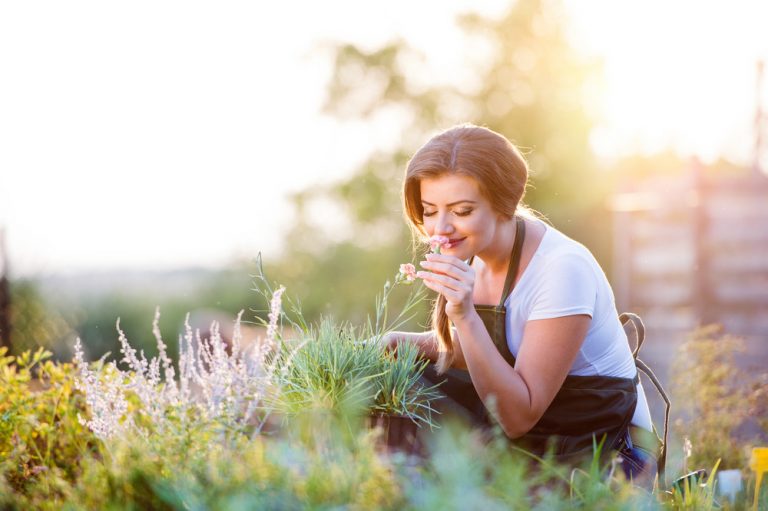Creating and maintaining a pollinator garden is a rewarding endeavor that contributes to the health of bees, butterflies, birds, and other pollinating insects and animals. These gardens not only offer a haven for pollinators but also enhance the beauty of your landscape and support local ecosystems. Whether you’re a seasoned gardener or a green-fingered novice, here are essential steps to ensure your garden thrives.
1. Choose the Right Location
The first step in creating a pollinator garden is selecting a suitable location. Pollinators prefer sunny spots sheltered from strong winds. Most flowering plants that attract pollinators require a good amount of sunlight to flourish, so aim for areas that receive at least six hours of direct sunlight daily.
2. Select a Variety of Plants
Diversity is key to a successful garden. Choose a wide range of plants that bloom at different times of the year to provide a continuous food source for pollinators. Include a mix of native flowers, shrubs, trees, and herbs to attract a variety of species. Native plants are particularly beneficial as they have evolved alongside local pollinators and are often more resistant to pests and diseases.
3. Consider Plant Structure
Pollinators have different needs and preferences when it comes to accessing nectar and pollen. Including plants with various flower shapes and structures will accommodate the feeding habits of a diverse group of pollinators. For instance, tubular flowers attract hummingbirds, while flat-topped blooms are ideal for butterflies.
4. Avoid Pesticides
Pesticides can be harmful to pollinators, even when not directly applied to blooming plants. Opt for natural pest control methods and encourage the presence of beneficial insects, such as ladybugs and lacewings, which naturally manage pest populations. If you must use pesticides, choose the least harmful option and apply it carefully according to the instructions, ideally when pollinators are least active.
5. Provide Water Sources
Just like any other creature, pollinators need water to survive. Adding a water feature, such as a birdbath or shallow dish with stones for landing spots, can provide a much-needed hydration station for your pollinating visitors.
6. Maintain Responsibly
Regular maintenance is crucial for the health of your garden. This includes weeding, mulching, and deadheading spent flowers to encourage new blooms. However, it’s also important to leave some areas undisturbed for ground-nesting bees and to provide winter habitats for overwintering insects by leaving leaf litter and standing plant material.
A pollinator garden is a living ecosystem that requires care and attention to flourish. By following these steps, you can create a vibrant and sustainable garden that supports the health of local pollinators and contributes to the biodiversity of your area. Whether you’re planting a few containers on a balcony or designing a sprawling garden, every effort counts in the conservation of these essential creatures.
